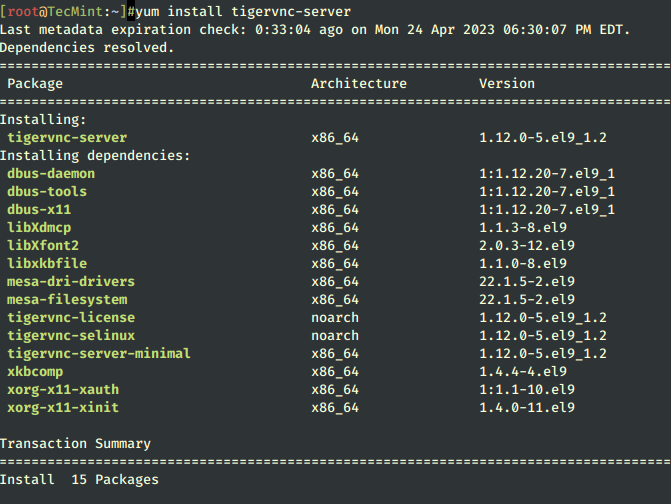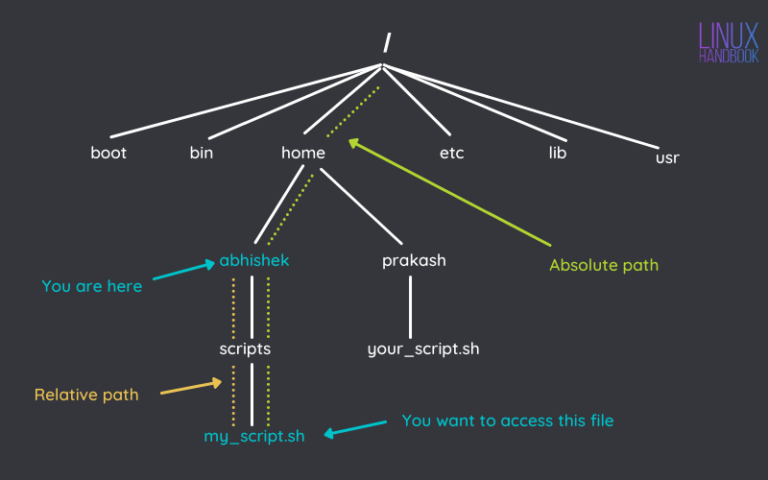How to Build Resilience with Linux High Availability Clustering
Introduction
In the age of digital transformation, the uptime and continuous availability of systems are paramount for businesses across all sectors. High Availability (HA) clustering has emerged as a critical strategy for ensuring that services remain accessible, even in the face of hardware or software failures. Linux, with its robustness and flexibility, serves as an ideal platform for deploying HA solutions. This article delves into the concept of Linux High Availability Clustering, exploring its mechanisms, technologies, and the vital role it plays in building resilient and fault-tolerant systems.
Concept of Clustering
At its core, a cluster is a group of interconnected computers that work together as a single system to provide higher levels of availability, reliability, and scalability. Unlike standalone servers, clusters are designed to manage failures seamlessly and ensure that services are not disrupted. Clustering can be categorized primarily into two types: Active-Active and Active-Passive.
- Active-Active clusters involve multiple nodes all handling requests simultaneously. This not only provides redundancy but also enhances the performance of the system by distributing the load.
- Active-Passive clusters, on the other hand, consist of active nodes and standby nodes where the standby nodes only come into play if the active ones fail.
The components of a Linux HA cluster typically include hardware nodes, networking, storage, clustering software, and applications configured to run on the cluster.
Key Technologies and Tools in Linux HA Clustering
Linux HA clustering leverages several tools and technologies to ensure system availability:
- Pacemaker: An open-source cluster resource manager that handles the allocation of resources (such as virtual IPs, web servers, and databases) according to predefined policies in the event of node or resource failures.
- Corosync: Provides the messaging layer for Linux clustering solutions, ensuring all nodes in the cluster maintain constant communication and are aware of each other’s status.
- DRBD (Distributed Replicated Block Device): Facilitates the replication of data across storage devices in real-time, ensuring data redundancy.
- Linux Virtual Server (LVS): Manages load balancing and delivers scalability across clustered server nodes.
Architecture of Linux HA Clusters
The architecture of an HA cluster in Linux environments can vary based on requirements but generally involves several key components:
- Nodes: Individual servers that work in conjunction to offer services.
- Shared Storage: Allows data accessibility across the cluster, essential for keeping service state consistent.
- Virtual IP Addresses: Used to provide a failover mechanism on the network level.
- Cluster Services: Software applications and services configured to run on the cluster.
Nodes communicate with each other using heartbeat signals sent via Corosync, ensuring all nodes are continuously monitored. If a node fails, Pacemaker reallocates its tasks to another node, minimizing downtime.
Comprehensive Guides for Web Development, SEO, and Hosting Solutions
- How to Build a Website with WordPress and What Are the Best Plugins to Use
: WordPress offers unparalleled versatility, ease of use, and an extensive range of plugins to enhance functionality. This guide walks you through the process of building a WordPress website and highlights the best plugins for improving performance, design, and usability. - The Most Important Stages and Plugins for WordPress Website Development
: Developing a WordPress website requires careful planning, execution, and optimisation. Learn about the key stages of WordPress development and discover the essential plugins that enhance functionality and performance. - What Are the Most Powerful Tools for SEO in WordPress?
: Search Engine Optimisation (SEO) is vital for driving organic traffic to your WordPress site. This guide provides a detailed overview of the most effective SEO tools to help you optimise your website and improve search engine rankings. - How to Add Shipping Modules in CubeCart
: This step-by-step tutorial explains how to integrate shipping modules into CubeCart. From logging in to configuring specific shipping options, this guide ensures a seamless setup for your e-commerce store. - Gathering Domain and IP Information with Whois and Dig
: Understanding domain and IP information is essential for web developers and cybersecurity professionals. This article explores the use of WHOIS and DIG tools to gather insights about websites and their infrastructure. - What Are the Best WordPress Security Plugins and How to Set Them Up the Best Way
: Protecting your WordPress site from threats is crucial. This guide outlines the best security plugins and provides instructions for configuring them for optimal protection against hacking and malware. - Will a Headland Provide Enough Shelter?
: This insightful article examines whether a headland can provide sufficient shelter in different environmental conditions, offering valuable insights for those in marine and coastal contexts. - Learn How to Purchase Your Own Domain Name with Fastdot.com
: Purchasing a domain name is the first step to establishing your online presence. This guide provides a detailed walkthrough on how to search for and buy a domain name using Fastdot.com, along with tips for selecting the perfect domain extension.
Setting Up a Linux HA Cluster
To set up a Linux HA cluster, one must follow these steps:
- Install Necessary Software: Install and configure Pacemaker, Corosync, and other necessary tools on all nodes.
- Configure Nodes: Define and configure the roles of nodes, including which services each node will handle.
- Establish Cluster Resources: Set up resources like virtual IPs, services, and applications to be managed by the cluster.
- Test the Cluster: Simulate failures to ensure the cluster responds correctly and services continue running without interruption.
Real-World Applications
Linux HA Clusters are widely used across industries such as finance, healthcare, and telecommunications, where system downtime directly translates to revenue loss and operational risk. For example, financial institutions use HA clusters to ensure that their trading platforms and transaction processing systems are always operational, thereby guaranteeing continuous service availability to customers.
Challenges and Considerations
Deploying an HA cluster is not without challenges. It requires careful planning regarding system resources, network configuration, and security. Performance tuning and balancing load also need meticulous attention to prevent any node from becoming a bottleneck. Moreover, ensuring data consistency across nodes and dealing with split-brain scenarios are critical issues that need addressing through proper cluster configuration and regular monitoring.
Advanced Topics and Trends
The integration of container technologies with HA clustering is gaining traction. Tools like Kubernetes now often work alongside traditional HA setups to enhance flexibility and scalability. Furthermore, advancements in AI and machine learning are beginning to play a role in predictive failure analysis, potentially revolutionizing how clusters handle and preempt operational issues.
Conclusion
Linux High Availability Clustering represents a cornerstone technology for enterprises aiming to achieve near-zero downtime. As businesses continue to demand higher levels of service availability and data integrity, the importance of mastering HA clustering technologies only grows. Adopting these systems not only supports operational continuity but also provides a competitive edge in today’s fast-paced market.






